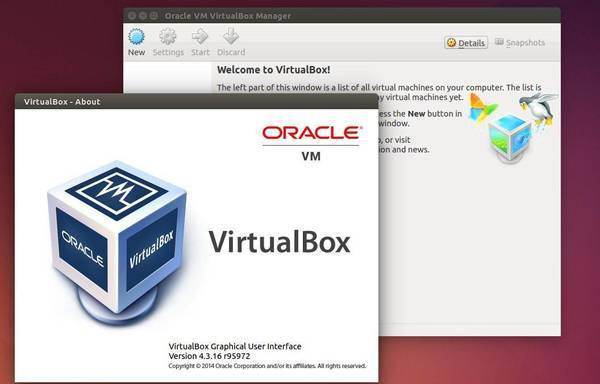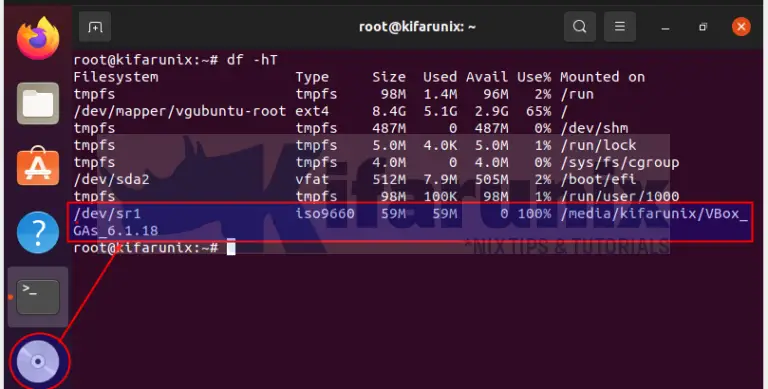


But again - successful install followed by black screen after boot of the machine. I decided to install the older working version and see if the problem is solved. No matter of changing or resizing the window. I created new VM for the latest Linux Mint 19.3 which was installed successfully but after reboot the screen was black. Sudo apt-get install virtualbox-guest-x11Īlso, set VirtualBox instance to use like 128MB video ram and Enable 3D Acceleration under the “Display” settings section.įinally, I could get a working Ubuntu VM with full screen and default desktop applications.I have VirtualBox with two working virtual machines(VM): Windows and Linux Mint. Sudo apt-get install virtualbox-guest-additions-iso Open Terminal (Ctrl+Alt+F1) in Ubuntu VM, provide user credentials and execute the below commands to install Ubuntu Guest Additions. So, guest additions need to installed on Ubuntu after installing the OS. They consist of device drivers and system applications that optimize the guest operating system for better performance and usability. VirtualBox Guest Additions are packages designed to be installed inside a virtual machine after the guest operating system has been installed. Ubuntu virtual machine screen on Virtualbox was very small (lesser than 1/4th of full screen) when the VM was started for the first time. Ubuntu VM could not be opened in full screen mode.VIRTUALIZATION option is generally found in Security tab.

Realized that this is a prerequisite check before installing any virtualization software.ġ. The issue occurred because VIRTUALIZATION on my CPU in BIOS was not enabled. However, the desktop does not show any applications. The VM displays a login screen and allows to log in successfully. However, faced the below issues when I started the Ubuntu VM. I could do above three steps pretty quickly. Use the downloaded iso file for booting the VM. Step 3: Create a new Ubuntu VM in VirtualBox. Step 2: Download appropriate flavor of Ubuntu from . Default options can be used during installation. exe file and the installation steps are quite obvious. Step 1: Download and Install Oracle VirtualBox for WIndows from. Step 0: In BIOS, Set VIRTUALIZATION option of your CPU to ENABLED. VIRTUALIZATION SOFTWARE : Oracle VM VirtualBox.So, sharing the issues and the solutions that finally worked out. Faced few issues during this process and had to google a lot to fix. Chose to use Oracle VirtualBox virtualization software as it is a freeware. My goal was to create an Ubuntu virtual machine on my Laptop which has Windows 8.1 OS.


 0 kommentar(er)
0 kommentar(er)
